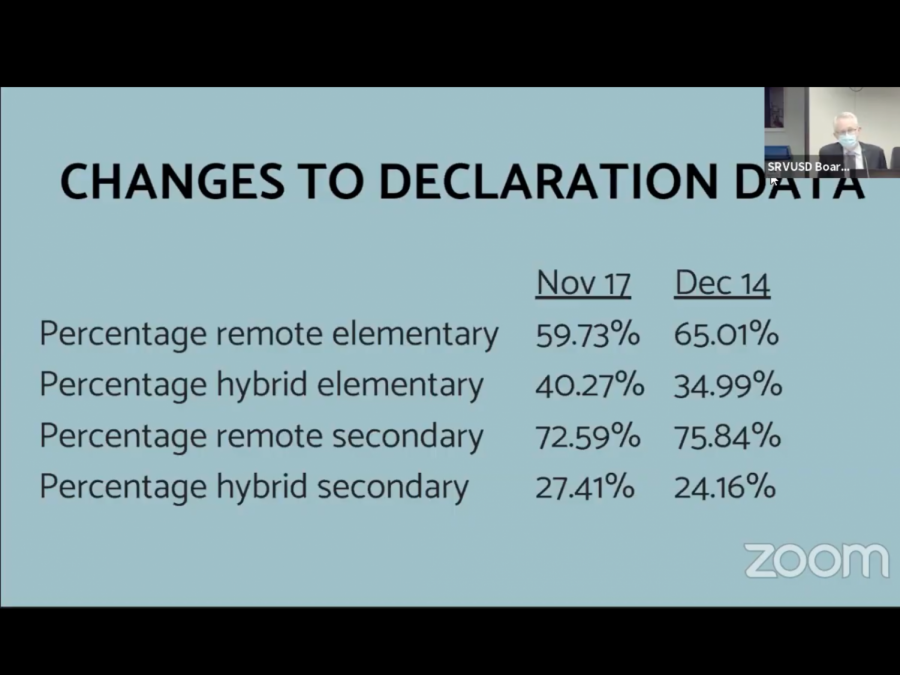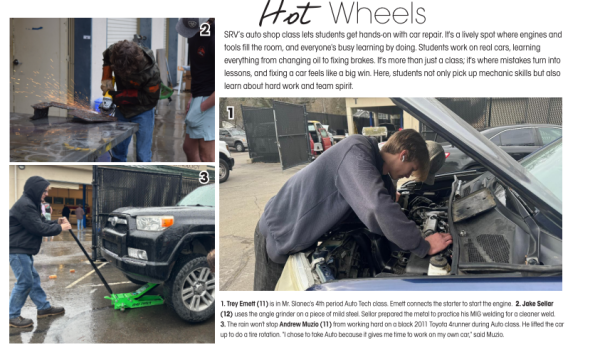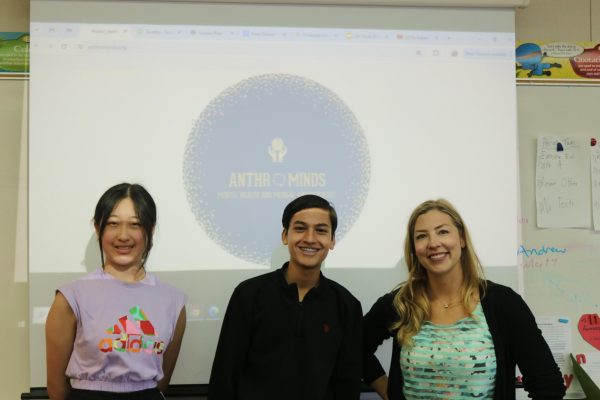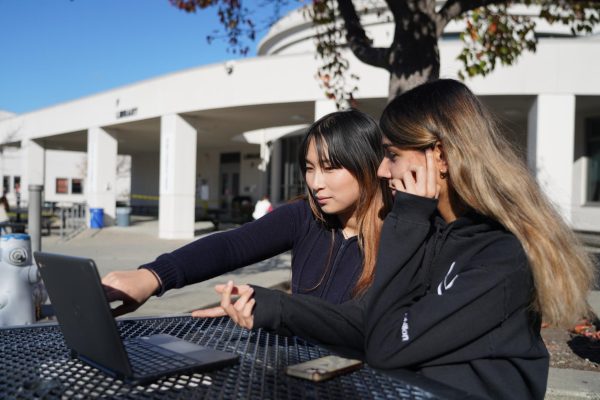District divided on hybrid learning
Declaration results vary among schools, cities, and grade levels
Photo courtesy of San Ramon Valley Unified School District
This graphic, presented at the SRVUSD Board meeting, shows how many students changed their learning preferences for second semester.
The San Ramon Valley Unified School District requested last month that students declare if they intended to attend school in the second semester exclusively online or in a hybrid format.
The results vary widely from school to school throughout the district, with Cal High boasting one of the higher remote populations at 78.03 percent, translating to nearly 2,200 students, according to district figures.
Neighboring Dougherty Valley High has the largest remote population among the four high schools with 91.91 percent of students deciding not to return to campus this year. San Ramon Valley High in Danville has the smallest remote population at 62.13 percent. Across the four high schools, an average of 80.62 percent of students are staying remote.
Some Cal students feel that one of the reasons the number of hybrid declarations was relatively low was because of the way the hybrid system of learning was introduced. The hybrid schedule calls for students to attend school on campus two consecutive days a week, learn asynchronously back-to-back days and remotely with teacher instruction on Mondays.
“I think that the way hybrid [learning] was presented wasn’t necessarily very appealing to most people, with the asynchronous days and the way it was modelled,” said senior Riley Stiner, who signed up for the hybrid model.
Another reason for this may be the fact that any declaration made by a student presents a serious commitment.
“It is a little bit scary, just because [my declaration] means I’m kind of locked in, no matter what happens,” said sophomore Arjunan Easwarachandran, who declared he would be learning online.
Although advertised that declarations could not be changed once submitted on Nov. 17, the district revealed at its Tuesday Board of Education meeting that many parents had changed their minds and their declarations over the past month as COVID-19 cases skyrocketed in the Bay Area.
The percentage of secondary students who declared hybrid dropped from 27.41 percent to 24.16 percent on Dec. 14. Elementary students declaring hybrid went from 59.73 percent to 65.01 percent.
No students will be returning to campus on Jan. 5 as planned as the school board postponed beginning the hybrid schedule until Contra Costa County is out of the state’s most restrictive purple tier.
“We do understand that the concern has grown over the last month,” Superintendent Dr. John Malloy said during the meeting.
District declaration results also tended to differ by city. The results for San Ramon schools tended to favor online learning, with an average of 72.51 percent of students in San Ramon schools opting to stay remote.
The results for schools in Danville were more than 30 percent lower, with an average of 52.35 percent of students choosing remote learning. Alamo schools were even lower, with an average remote population of 33.96 percent choosing to stay online.
“I thought it was interesting that it really depends on your location, whether you prefer remote or hybrid,” AP Statistics teacher Ghazala Niazi said. “The makeup of the area really made a difference.”
Aside from school and location, the declaration results also show a significant disparity between grade levels, with high school students showing a higher tendency to choose remote learning compared to middle and elementary schoolers.
Among the middle schools, an average of 60.31 percent of students declared they would be learning remotely. In the elementary schools, an average of 57.30 percent chose to learn remotely.
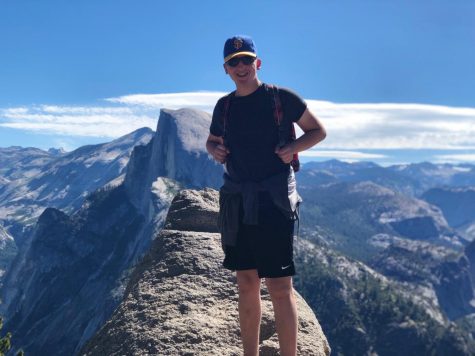
Tyler Lunn is a senior, and is hoping to develop his writing skills through his new role as a reporter. Aside from writing, he enjoys biking, spending...
